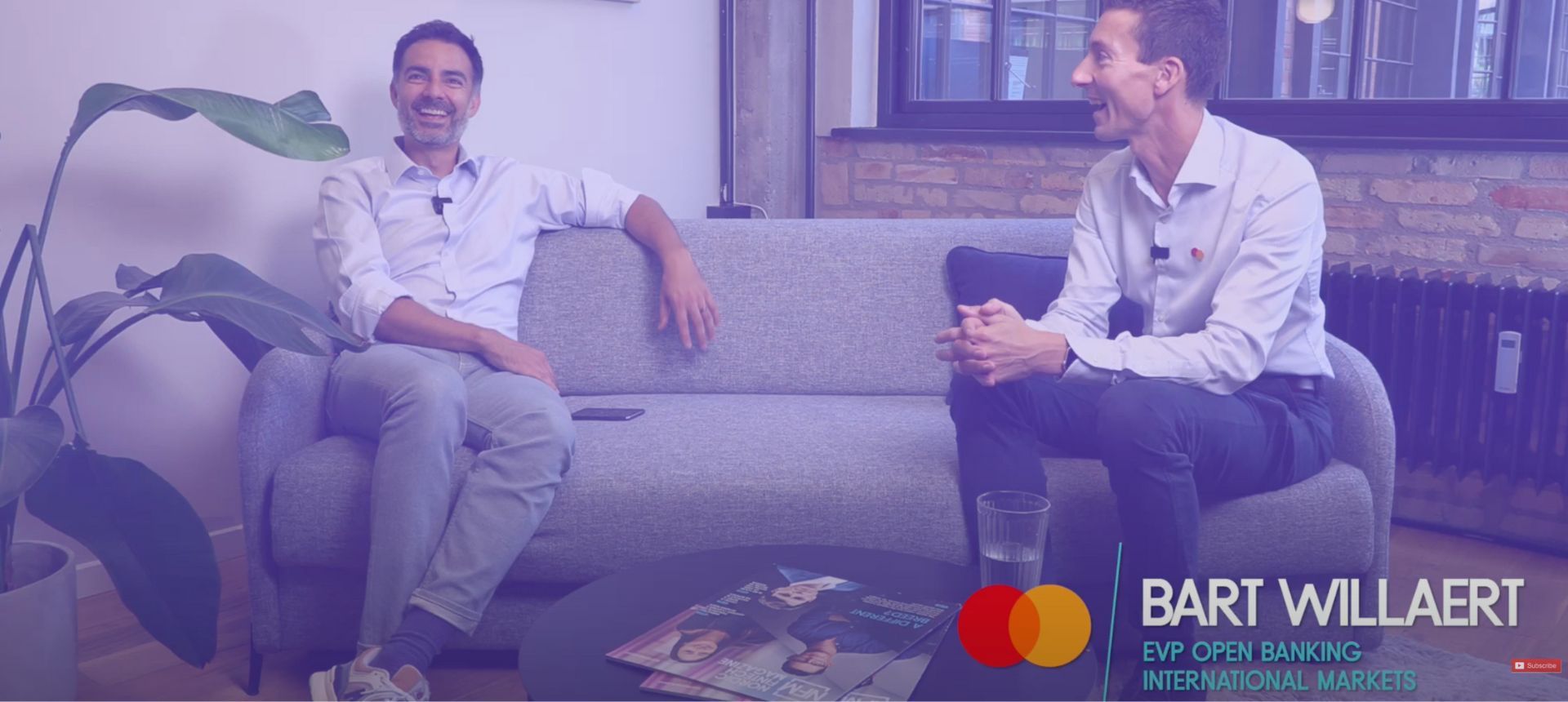
From open banking to open finance to open data
August 19, 2020 | News
With open banking well underway and having an enormous impact on the financial sector, it's time we turn the page to the next chapter of open innovation: open finance and open data.
Open banking really came about by accident. While it mattered greatly that fintechs were breaking into retail payments, a regulatory intervention mattered more. This led to a study being conducted by the UK’s Competition and Markets Authority (CMA), which found that retail banking in the United Kingdom was oligopolistic. This, in turn, sparked a worldwide regulatory drive to open financial services up to competition.
Thus, open banking was born on the back of the European Parliament's PSD2 directive, and introduced the concepts of the Account Information Service Provider (or AISP, which aggregates data from multiple accounts) and the Payment Initiation Service Provider (or PISP, which provides account-to-account payment services). It has encouraged banks to invest in API technology and partnerships with fintechs throughout Europe, with the Nordic banks embracing the concept most enthusiastically.
Not all open banking models are created equal
When we look at the big picture of who is fully embracing open banking opportunities, progress by service providers and uptake by consumers varies from region to region. For example, while the leadership by banks fearful of losing their customers has led to relatively rapid progress in open finance in the Nordics, the uptake by consumers in the UK is somewhat inhibited by the fear of fraud, ignorance, inertia, unstable APIs and concerns about personal data security.
A major component to the Nordics’ success is due to incumbent Nordic banks becoming TPPs themselves, defying expectations that they would simply allow their existing franchises to be competed away by nimbler, more innovative competitors. Danske Bank, for example, went live in all four major Nordic markets with a payments app in the first half of 2018, long before interfaces between consumer and merchant bank accounts came into force in September 2019. Now they are set to go live with an innovative payments service that will enable customers to pay from other banks within Danske Bank’s mobile banking app. Similarly, DNB has declared its ambition to be the mobile bank of Norway and published an app to fulfil it. This degree of dynamism owes something specifically to Nordic factors, such as rapid declines in the use of cash and the ready availability of digital IDs.

In the UK, by contrast, the effort that has gone into creating innovative open banking apps has not yet translated into massive consumer uptake due to the inhibitions already mentioned. To combat these reluctances, the UK’s Open Banking Implementation Entity (OBIE), has recently opened an app store to help both consumers and companies navigate through the maze of peripheral financial products available to supplement their online bank accounts.
Provider-driven regulation meets consumer-led innovation
New technologies are bound to mature faster than regulations, and it would be odd if entrepreneurs simply waited for regulators to catch up with them. But it would be foolish to ignore the role that law and regulation can play in sparking change and imparting momentum. Once they have, however, data aggregators, banks and fintechs must ensure that progress is consumer-led, because consumers are the end-objective and chief beneficiaries of the process.
The earliest data aggregators in Europe – MoneyHub in the UK (founded in 2009), Bankin’ in France (founded in 2011) and Spiir in Denmark (founded in 2011) – have survived because they and their clients were able to convince enough consumers of the benefits of being able to move money between accounts and make payments irrespective of which bank held their account. There are also enough data aggregators to maintain competition between them, guaranteeing a continuing focus on tools that can actually help consumers save time and money.
In fact, once consumer-friendly payment services were added to account aggregation apps, adoption and usage increased exponentially. In a sense, these apps were the predecessors to PSD2, pointing to a positive feedback loop between market innovators and regulators. This phenomenon is most obvious today in the Nordic markets, where incumbent banks and fintechs have run ahead of the regulators, using APIs not simply to be compliant with PSD2, but to create apps that are useful to consumers.

Digital IDs could accelerate open finance and open data
In industries that are less transactional than financial services, such as energy, digital IDs could accelerate the development of products and services and consumer uptake. The Nordic example of a bank-driven adoption of digital IDs for commercial purposes looks extremely promising. This is because Nordic banks reasoned it made more sense to make it easier to compete for the customers of other banks than to try and fail to make it harder for other banks to poach their customers. As a result, digital IDs are being used in the Nordic markets to speed up customer authentication processes, helping fintechs to compete not just with banks but with debit and credit card suppliers (whose principal weakness is the storage of customer information online).
It would make sense for companies to use digital IDs as well. If so, they might help accelerate progress in a sector that both open banking and open finance initiatives have left somewhat underserved. Account aggregation, deposit-taking and credit services are as useful to businesses as they are to consumers, and account-to-account links between merchants and shoppers are already eliminating the cut taken by the card networks.
Open data lowers entry barriers, facilitates competition and spurs innovation
It has become clear that the original concept of open banking – changing account providers – is only the beginning. Once consumers can tell their bank to send their transaction history, identification documents and other information to any bank or lender they want to work with, it becomes as easy for them to change accounts and sign up for loans or credit cards with a new provider as it is with their current bank. Consumers will be able to manage their financial footprint in one place. They’ll be able to save with automated switching and renewal services tailored to their actual needs, while obtaining faster, cheaper finance or tailored debt advice.

New innovators are also entering the market. In the future, companies outside of the financial sector will use open data to offer automated switching between hyper-personalised products and services based on consumer control of their own data. They will be expected to spare consumers the trouble of searching for the best deals, and to deliver these deals directly and unprompted. Any service that saves consumers time can win a following.
The open road to open data is a road less travelled
Getting the balance right between the regulator-driven and consumer-led approach to open banking and open finance is not a one-off exercise, but a continuous process. And it will matter even more once open data initiatives develop further. For open data to have the transformative effects predicted on all sectors of national economies, regulatory clarity is an essential prerequisite. This may require consolidation of regulatory agencies in some countries and closer collaboration between agencies in different countries to agree on standards for data exchange.
In conclusion, we need to stop thinking just about open banking and start gravitating more towards open finance and, ultimately, open data. Yet, with the drive to boost uptake of open banking services currently at the forefront of the industry’s mind, we may have to wait a bit longer for open finance and the widespread implementation of open data to fully mature.
Our CEO and Co-Founder, Rune Mai, recently joined a panel of fintech gurus on a Future of Finance webinar to talk about all the exciting opportunities to improve services for retail consumers and SMEs through the competition-led innovation of open banking:
"People and companies are building services in many different areas right now. This wasn't the original intention of the regulators, but anyone involved in technology and innovation and development knows that every technology has some natural maturing phase. So, as an aggregator, we expected this from the beginning. We think that the market should lead the way and help the regulators reach their goals."
You can check out the full webinar below.*
*The video and portions of this article have been reproduced with permission from Future of Finance.




